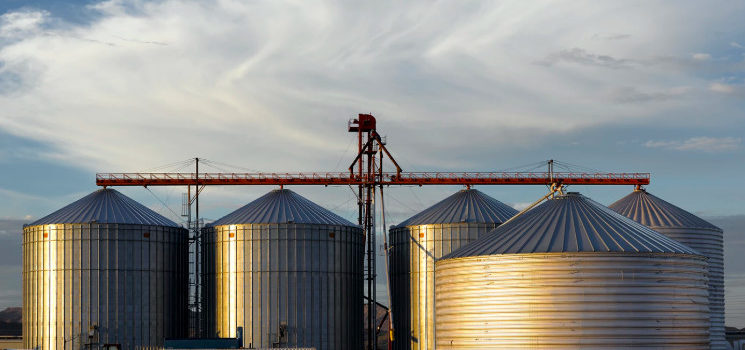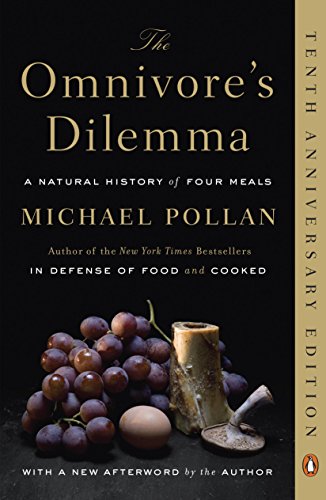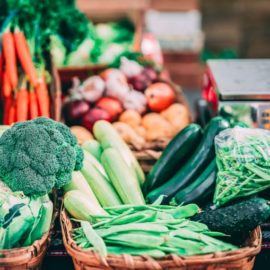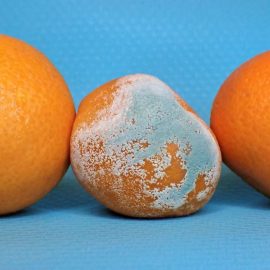

This article is an excerpt from the Shortform summary of "The Omnivore's Dilemma" by Michael Pollan. Shortform has the world's best summaries of books you should be reading.
Like this article? Sign up for a free trial here .
You might have seen grain elevators without realizing it. They’re a crucial part of the modern agriculture system. But what are grain elevators, and what do they do?
Most of the corn harvested is used as a commodity and turned into processed foods. Only a small fraction of it is eaten as actual corn. Here’s what happens to the corn after it’s harvested.
The Grain Elevator
The first stop after harvest for an industrial corn crop is the grain elevator, invented for collecting and storing mass quantities of corn prior to loading it onto railroad cars for distribution. These clustered, concrete towers are the tallest structures in farm country. They’re filled with corn by conveyor belt and drained by a spout into railroad cars.
Most corn is sold as a commodity. It is a different variety — known as No. 2 field corn — from what the corn that we humans eat. It is traded and sold all over the world.
Farmers once sold their corn in burlap sacks bearing their names. They had to be concerned about quality, because buyers knew where their corn came from. With the invention of the grain elevator for storage and railroad cars for transport, corn was no longer packaged in burlap sacks with a farmer’s name. Corn from all sources was mixed in grain elevators, breaking the link between producer and consumer.
In 1865 the Chicago Board of Trade come up with a grading system, and source no longer mattered as long as the corn met standards. Quantity or yield, rather than quality, became the goal.
From the grain elevators, the stream of corn produced by George Naylor and other farmers funnels to a small number of large agribusinesses, who reap profits by controlling its path. They’re the true beneficiaries of the farm subsidies that produce cheap corn.
Cargill and Archer Daniels Midland, for instance, buy an estimated one-third of the corn produced in the U.S. They make pesticides and fertilizer; operate the mills, export it, feed and slaughter animals, and make ethanol and high-fructose corn syrup. In addition they help write government policy on corn. And of course, much of this corn is stored in grain elevators.
———End of Preview———

Like what you just read? Read the rest of the world's best summary of Michael Pollan's "The Omnivore's Dilemma" at Shortform . Learn the book's critical concepts in 20 minutes or less .
Here's what you'll find in our full Omnivore's Dilemma summary :
- What does Omnivore's Dilemma mean?
- Why is industrial farming so bad for you and the environment?
- How did corn and its byproducts (like corn syrup) end up in tens of thousands of foods?
- How is Industrial Organic food like at Whole Foods not much better than massive industrial farming?
- What happens when you try to forage for your own food?






